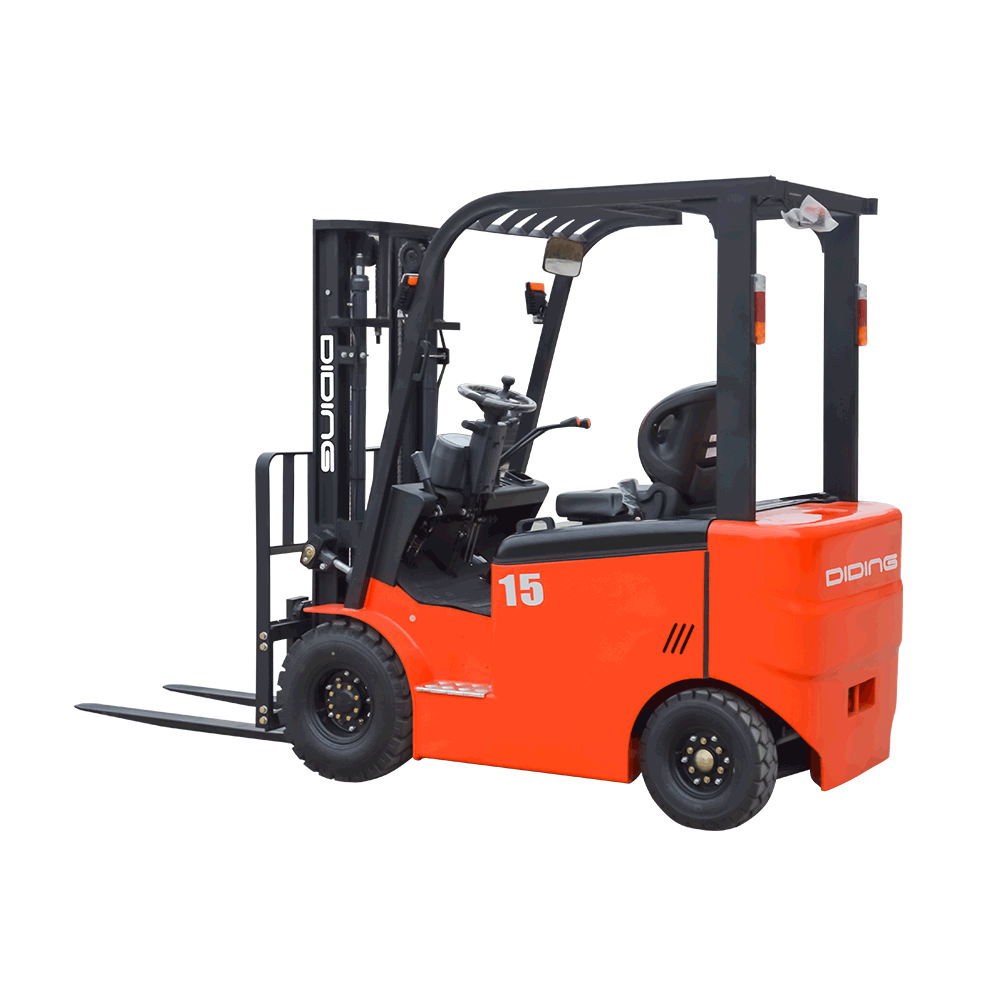Designing the guide rail of a forward-moving electric forklift is crucial for ensuring precise operation of the mast, which is essential for safe and efficient material handling. Here are some key considerations and design principles to follow when designing the guide rail:
Material Selection:
Choose high-quality materials for the guide rail construction, such as steel or aluminum. These materials provide the necessary strength and durability to support the mast's vertical movement and resist wear over time.
Smooth Surface Finish:
Ensure that the surface of the guide rail is smooth and free from defects. Any irregularities or rough spots on the rail can lead to friction, which may hinder smooth mast movement.
Precision Machining:

Use precision machining techniques to manufacture the guide rail to tight tolerances. Precise dimensions and alignment are essential to maintain accuracy during mast extension and retraction.
Linear Bearings or Bushings:
Incorporate linear bearings or bushings along the guide rail to reduce friction and provide smooth linear motion. These components help distribute the load evenly and minimize wear.
Proper Lubrication:
Implement a lubrication system for the guide rail to reduce friction and prevent premature wear. Regularly scheduled lubrication maintenance is essential to ensure smooth operation.
Alignment and Mounting:
Ensure that the guide rail is mounted securely and aligned correctly within the forklift's structure. Proper alignment prevents binding or misalignment issues that could affect mast movement.
Guide Rail Design:
Consider the design of the guide rail, including its shape and configuration. The rail should provide stability and support for the mast while allowing for smooth and precise movement.
Multiple Guide Rails:
In cases where the mast has multiple sections or stages, design and position multiple guide rails to support each section evenly. Proper synchronization of multiple guide rails is crucial for precise operation.
Sealing and Protection:
Implement effective sealing mechanisms to prevent dirt, debris, and moisture from entering the guide rail system. Proper sealing reduces contamination and extends the life of the rail and associated components.
Testing and Quality Control:
Conduct thorough testing and quality control checks during the manufacturing and assembly of the guide rail. Ensure that the rail functions smoothly and consistently under load.
Maintenance Accessibility:
Design the guide rail system with accessibility in mind for maintenance and inspection purposes. Easy access facilitates regular lubrication and maintenance tasks.
Load Capacity Considerations:
Ensure that the guide rail is designed to handle the expected load capacity of the forklift. The rail should provide adequate support without flexing or bending under load.
Safety Features:
Consider incorporating safety features, such as limit switches or sensors, to detect any anomalies or malfunctions in the guide rail system. These features can prevent accidents and damage.


 русский
русский Français
Français Español
Español







